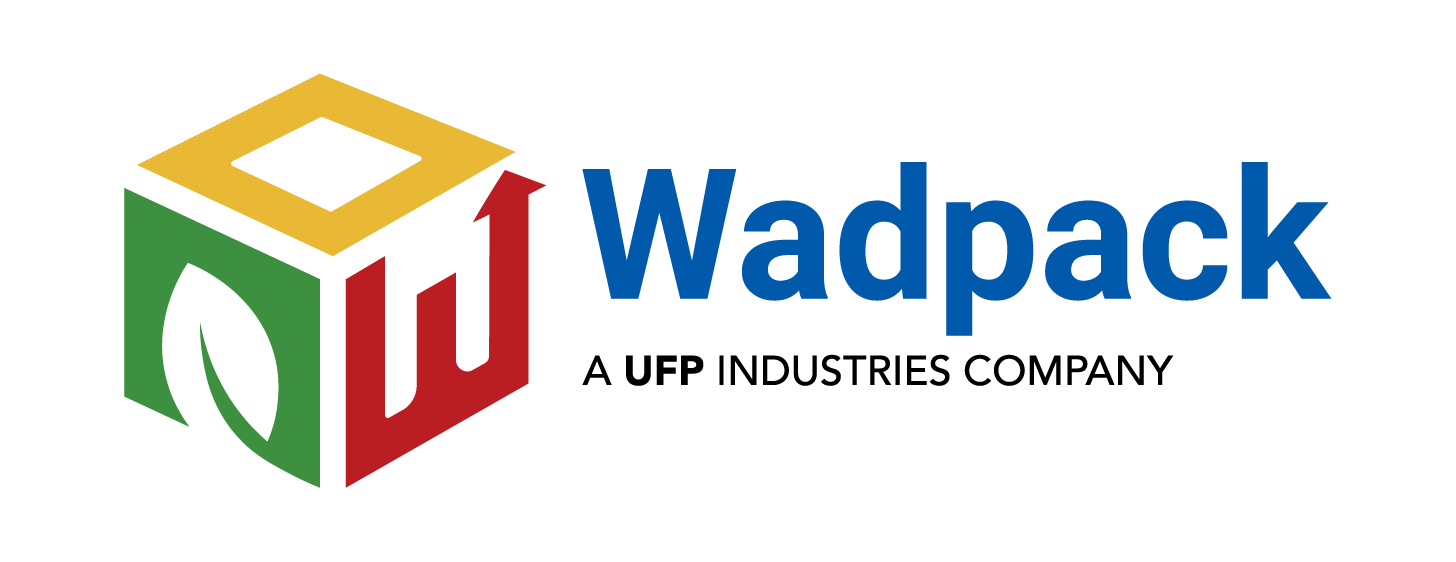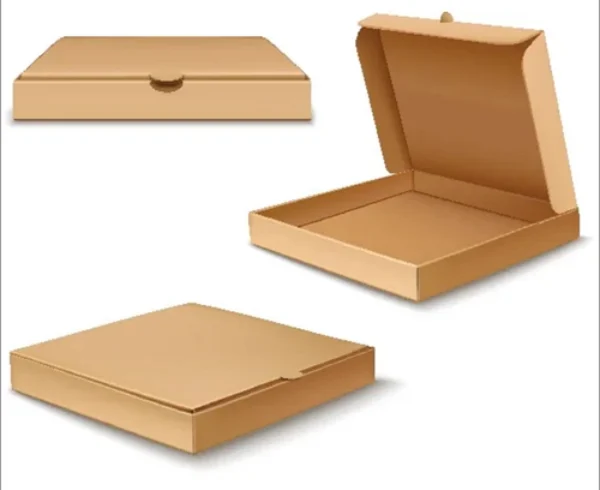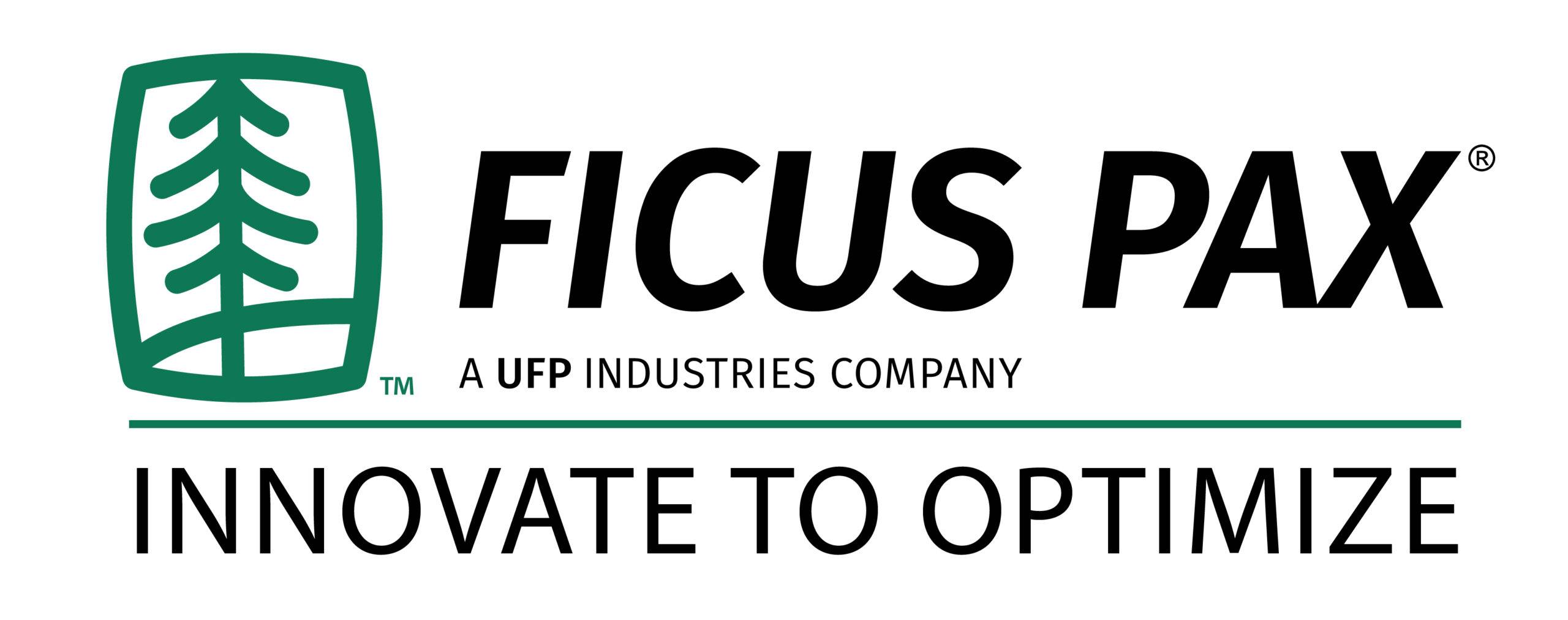How Packaging Can Enhance the Shelf Life of The Product?

Packaging plays a crucial role in extending the shelf life of products by providing protection against various environmental factors that can deteriorate the quality and freshness of the product. It serves as a barrier between the product and external elements such as moisture, light, oxygen, and microorganisms. In this response, we will explore how packaging can enhance the shelf life of products in detail.
- Protection against moisture: Moisture is a common factor that can accelerate the deterioration of many products, including food, pharmaceuticals, and electronics. Packaging materials with moisture barrier properties, such as laminated films, aluminum foils, and specialized coatings, can prevent moisture ingress and maintain the product’s quality and integrity. By keeping the product dry, packaging helps to prevent spoilage, mold growth, and degradation.
- Light barrier properties: Light, especially UV rays, can cause photochemical reactions in certain products, leading to degradation and loss of quality. Packaging materials that provide excellent light barrier properties, such as opaque or tinted containers, amber glass bottles, and light-blocking films, can shield the product from harmful light exposure and extend its shelf life.
- Oxygen protection: Oxygen is a major factor in the oxidation process, which can lead to the deterioration of various products, including food, beverages, and pharmaceuticals. Packaging solutions that offer oxygen barrier properties, such as aluminum laminates and oxygen scavenging films, create a protective barrier against oxygen permeation. By reducing oxygen exposure, these packaging materials help to maintain product freshness, flavor, and stability.
- Physical protection: Packaging not only safeguards products from environmental factors but also provides physical protection against impact, compression, vibration, and other mechanical stresses during transportation and handling. By preventing physical damage, packaging ensures that the product remains intact and free from any structural defects that could compromise its shelf life.
- Microbial barrier: Microorganisms, such as bacteria, yeast, and mold, can contaminate products and cause spoilage, odors, and even health risks. Packaging materials with antimicrobial properties or those that create a barrier against microbial ingress can significantly enhance the product’s shelf life. For example, vacuum-sealed packaging, aseptic packaging, and antimicrobial coatings are used in various industries to minimize microbial growth and maintain product safety.
- Modified atmosphere packaging (MAP): MAP is a technique that involves altering the composition of the gases within a package to create an optimal environment for product preservation. By adjusting the levels of oxygen, carbon dioxide, and nitrogen, MAP can slow down microbial growth, delay enzymatic reactions, and maintain the product’s sensory attributes. This packaging method is widely used in the food industry, especially for perishable items such as meat, seafood, fruits, and vegetables.
- Tamper-evident packaging: Tamper-evident packaging is designed to provide visual evidence if the package has been tampered with or opened. It ensures product integrity and safety by preventing unauthorized access, contamination, or adulteration. By maintaining the product’s original condition until it reaches the consumer, tamper-evident packaging helps to extend its shelf life and build consumer trust.
- Intelligent packaging: The advent of technology has introduced intelligent packaging solutions that can actively monitor and control various environmental factors affecting the product. Smart sensors embedded in packaging can track temperature, humidity, and other parameters, providing real-time data on the product’s storage conditions. This information allows for timely interventions, such as adjusting storage temperature or identifying potential issues that could affect the shelf life.
- Information and labeling: Clear and accurate labeling on packaging, including expiry dates, storage instructions, and handling precautions, helps consumers make informed decisions and use the product appropriately. By providing such information, packaging enables consumers to store the product correctly, thereby maximizing its shelf life.




Leave a Comment